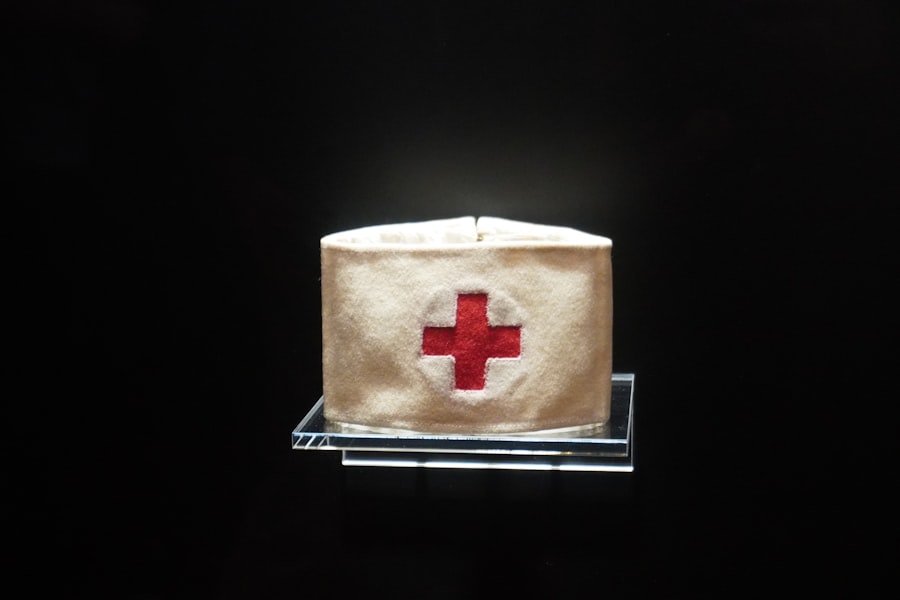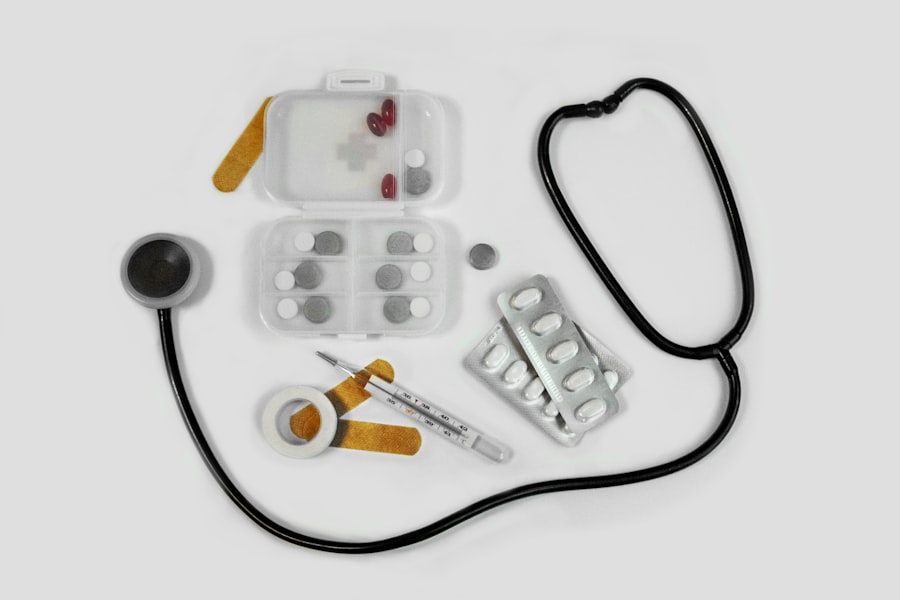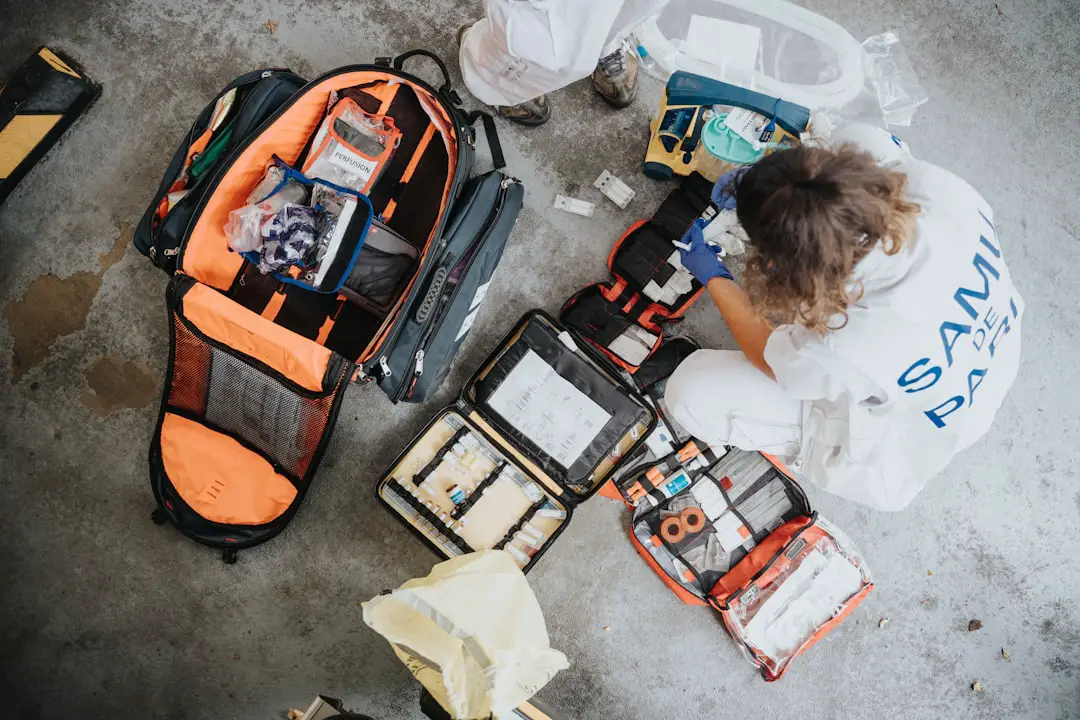Rattlesnakes are fascinating creatures that play a crucial role in their ecosystems. They are primarily found in North America, inhabiting a variety of environments ranging from deserts to forests and grasslands. Their behavior is largely influenced by their habitat, which provides them with the necessary resources for survival, such as food, shelter, and breeding grounds.
Rattlesnakes are ectothermic, meaning they rely on external sources of heat to regulate their body temperature. This characteristic leads them to bask in the sun during cooler mornings and retreat to shaded areas or burrows during the hottest parts of the day. Understanding rattlesnake behavior is essential for anyone venturing into their territory.
These snakes are generally solitary and prefer to avoid confrontation. They are most active during the warmer months, particularly in the early morning and late afternoon when temperatures are moderate. Rattlesnakes use their distinctive rattle as a warning signal when they feel threatened, vibrating it rapidly to produce a characteristic sound.
This behavior serves as a deterrent to potential predators and humans alike. However, if a rattlesnake feels cornered or provoked, it may strike defensively. Recognizing these behaviors can help hikers navigate rattlesnake habitats more safely.
Key Takeaways
- Rattlesnakes are commonly found in rocky, arid areas and can be active during the day or night.
- Before hiking in rattlesnake territory, wear long pants and sturdy boots, and stay on marked trails.
- If you encounter a rattlesnake on the trail, slowly back away and give it plenty of space.
- Rattlesnake bites can cause severe pain, swelling, and tissue damage, and may require immediate medical attention.
- If bitten by a rattlesnake, stay calm, immobilize the affected limb, and seek medical help as soon as possible.
Precautions to Take Before Hiking in Rattlesnake Territory
Before embarking on a hike in areas known to be inhabited by rattlesnakes, it is vital to take certain precautions to minimize the risk of an encounter. First and foremost, researching the specific area you plan to hike is essential. Understanding the local wildlife, including the types of rattlesnakes present, can help you prepare adequately.
Many parks and nature reserves provide information about wildlife encounters, including rattlesnake sightings and safety tips. Wearing appropriate footwear is another critical precaution. Sturdy hiking boots that cover the ankles can provide an extra layer of protection against snake bites.
Additionally, wearing long pants can help shield your legs from potential strikes. It is also advisable to hike with a companion rather than alone, as having someone with you can be beneficial in case of an emergency. Carrying a fully charged mobile phone can facilitate quick communication if you need assistance or encounter a rattlesnake.
What to Do If You Encounter a Rattlesnake on the Trail

Encountering a rattlesnake on the trail can be a startling experience, but knowing how to react can significantly reduce the risk of injury. The first step is to remain calm and avoid sudden movements. Rattlesnakes typically do not seek out human interaction; they prefer to retreat when given the opportunity.
If you spot a rattlesnake, take a moment to assess the situation. If the snake is coiled and rattling, it is likely feeling threatened and may strike if approached. The best course of action is to slowly back away from the snake while keeping your eyes on it.
This allows you to maintain awareness of its movements without provoking it further. If you are hiking with others, communicate your findings so that everyone can take appropriate precautions. It is important not to attempt to handle or provoke the snake for any reason, as this increases the likelihood of a defensive strike.
Instead, give the rattlesnake space to move away on its own; they often will if they feel they have an escape route.
Identifying Rattlesnake Bites and Symptoms
| Symptom | Description |
|---|---|
| Severe pain at the bite site | Pain is usually immediate and intense |
| Swelling and redness | Swelling and redness may occur around the bite area |
| Bruising and bleeding | Bruising and bleeding may occur at the bite site |
| Nausea and vomiting | Some individuals may experience nausea and vomiting |
| Difficulty breathing | Severe bites can lead to difficulty breathing |
Recognizing the signs of a rattlesnake bite is crucial for prompt treatment and recovery. Rattlesnake bites typically occur when a person inadvertently steps on or gets too close to a snake, prompting it to strike defensively. The initial symptoms of a rattlesnake bite may include immediate pain at the site of the bite, which can be intense and throbbing.
Swelling and discoloration around the bite area often follow, with bruising that may extend beyond the immediate vicinity of the wound. In addition to localized symptoms, systemic reactions may occur as venom spreads through the body. These can include nausea, vomiting, difficulty breathing, and an increased heart rate.
In severe cases, individuals may experience dizziness or fainting due to a drop in blood pressure. It is essential to monitor for these symptoms closely, as they can indicate a more serious reaction requiring immediate medical attention.
First Aid Measures for Rattlesnake Bites
If someone is bitten by a rattlesnake, administering first aid promptly can be life-saving while waiting for professional medical help to arrive. The first step is to keep the affected individual calm and still; movement can accelerate the spread of venom through the bloodstream. It is crucial to keep the bitten limb immobilized at or below heart level to minimize circulation and swelling.
Removing any tight clothing or jewelry near the bite site is also important, as swelling may occur rapidly. While it may be tempting to apply ice or a tourniquet, these methods are not recommended for snake bites and can worsen the situation. Instead, encourage the victim to remain as still as possible and avoid consuming alcohol or caffeine, which can exacerbate symptoms.
If possible, note the time of the bite and any visible characteristics of the snake for medical personnel upon arrival.
Carrying a Snake Bite Kit on Hikes

For those who frequently hike in rattlesnake territory, carrying a snake bite kit can provide an added layer of safety and preparedness. A typical snake bite kit may include essential items such as antiseptic wipes, bandages, and instructions for first aid measures specific to snake bites. Some kits also contain suction devices designed to remove venom; however, their effectiveness is debated among medical professionals.
It is important to note that while having a snake bite kit can be beneficial, it should not replace seeking immediate medical attention after a bite occurs.
The primary purpose of such kits is to provide basic first aid until professional help can be reached. Additionally, hikers should familiarize themselves with how to use each item in their kit effectively before heading out on their adventures.Tips for Hiking with Pets in Rattlesnake Country
Hiking with pets in rattlesnake territory requires extra vigilance and preparation to ensure their safety as well as your own. Dogs are naturally curious creatures and may not recognize the danger posed by rattlesnakes. Keeping pets on a leash at all times while hiking can prevent them from wandering off-trail where snakes may be hiding.
Training your dog to respond to commands such as “leave it” or “come” can also be invaluable in preventing encounters with snakes. Additionally, consider investing in protective gear for your pet, such as snake-proof boots or vests designed specifically for hiking in rattlesnake habitats. These products can provide an extra layer of protection against potential bites.
How to Minimize the Risk of Rattlesnake Encounters on the Trail
Minimizing the risk of encountering rattlesnakes while hiking involves several proactive strategies that hikers can adopt before hitting the trails. One effective approach is choosing hiking routes that are well-maintained and frequently traveled by other hikers. Rattlesnakes tend to avoid areas with high foot traffic due to noise and movement.
Staying on designated trails rather than venturing off into tall grass or rocky areas can also reduce your chances of encountering these snakes. When walking along trails, make noise by talking or clapping occasionally; this alerts snakes to your presence and encourages them to move away from your path before you arrive. Additionally, being aware of your surroundings and scanning ahead for any signs of wildlife can help you spot snakes before they become an issue.
The Importance of Staying on Marked Trails in Rattlesnake Habitats
Staying on marked trails is not only crucial for preserving natural habitats but also plays a significant role in ensuring hiker safety in rattlesnake territory. Marked trails are typically cleared of dense vegetation where snakes might hide, reducing the likelihood of unexpected encounters. Furthermore, these trails are often designed with safety in mind, providing clear paths that minimize risks associated with wildlife encounters.
Venturing off-trail increases exposure to potential hazards such as uneven terrain or hidden wildlife. It also disrupts local ecosystems by trampling vegetation and disturbing animal habitats. By adhering to marked trails, hikers contribute to conservation efforts while simultaneously protecting themselves from potential dangers posed by rattlesnakes and other wildlife.
What to Do in the Event of a Rattlesnake Bite While Hiking
In the unfortunate event that someone suffers a rattlesnake bite while hiking, immediate action is critical for ensuring their safety and well-being. The first step is to call for help if possible; if you have cell service, contact emergency services right away or send someone else for assistance if you are in a group. While waiting for help to arrive, keep the victim calm and still as previously mentioned.
If you have access to a first aid kit or snake bite kit, use it according to instructions while avoiding any methods that could worsen their condition. Monitor their symptoms closely and be prepared to provide information about the type of snake if known; this information can assist medical personnel in determining appropriate treatment upon arrival.
Seeking Medical Attention After a Rattlesnake Bite
Regardless of how minor a rattlesnake bite may seem initially, seeking medical attention is imperative after any encounter with these venomous snakes. Medical professionals have access to antivenom treatments that can counteract venom effects effectively if administered promptly after a bite occurs. Even if symptoms appear mild at first glance—such as localized pain or swelling—delayed reactions can occur hours later due to venom spreading through the body systemically.
Therefore, it is essential not only for those bitten but also for anyone accompanying them during hikes in rattlesnake territory to understand that timely medical intervention is crucial for recovery and minimizing long-term complications associated with snake bites.
If you find yourself hiking in rattlesnake territory, it’s important to know what to do if bitten. One helpful article to check out is “Best Waterproof Sneakers for Travel”, which can provide tips on choosing the right footwear for hiking in snake-prone areas. Being prepared with the right gear can make a difference in staying safe while enjoying the great outdoors.
FAQs
What should I do if I am bitten by a rattlesnake while hiking?
If you are bitten by a rattlesnake while hiking, it is important to seek medical attention immediately. Call 911 or get to the nearest hospital as soon as possible.
What should I not do if I am bitten by a rattlesnake?
Do not try to suck out the venom, apply a tourniquet, or use ice on the bite. These methods are not effective and can actually make the situation worse.
Should I try to capture the snake for identification?
It is not recommended to try to capture the snake for identification. Instead, try to remember the color and size of the snake to provide information to medical professionals.
How can I prevent getting bitten by a rattlesnake while hiking?
To prevent getting bitten by a rattlesnake while hiking, stay on designated trails, wear sturdy boots, and avoid reaching into areas where snakes may be hiding.
What are the symptoms of a rattlesnake bite?
Symptoms of a rattlesnake bite may include severe pain at the site of the bite, swelling, bruising, nausea, vomiting, and difficulty breathing.
